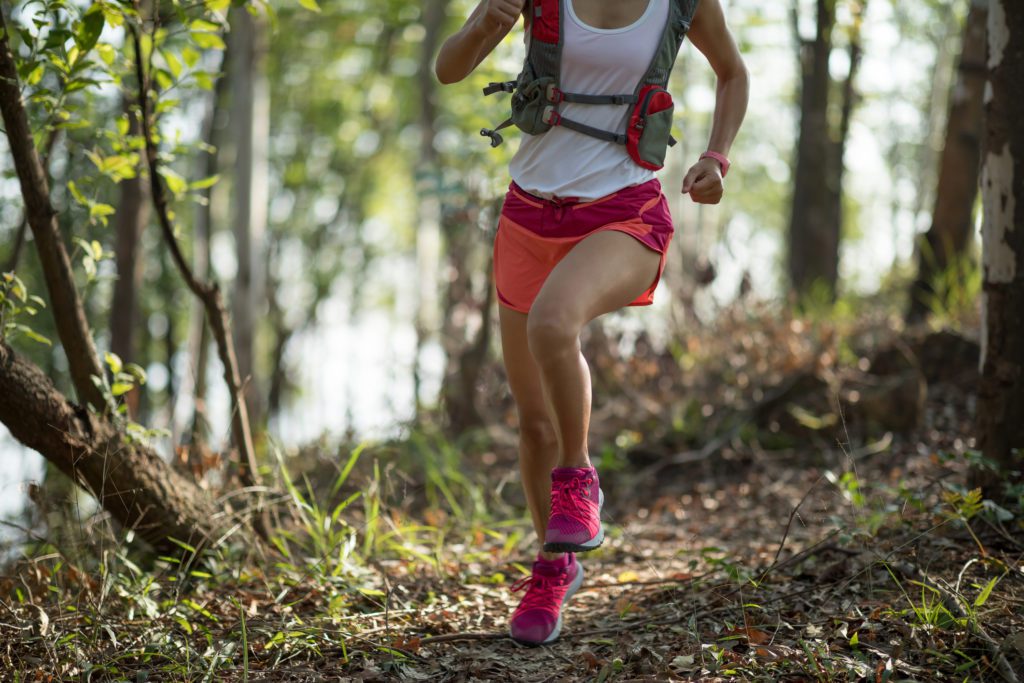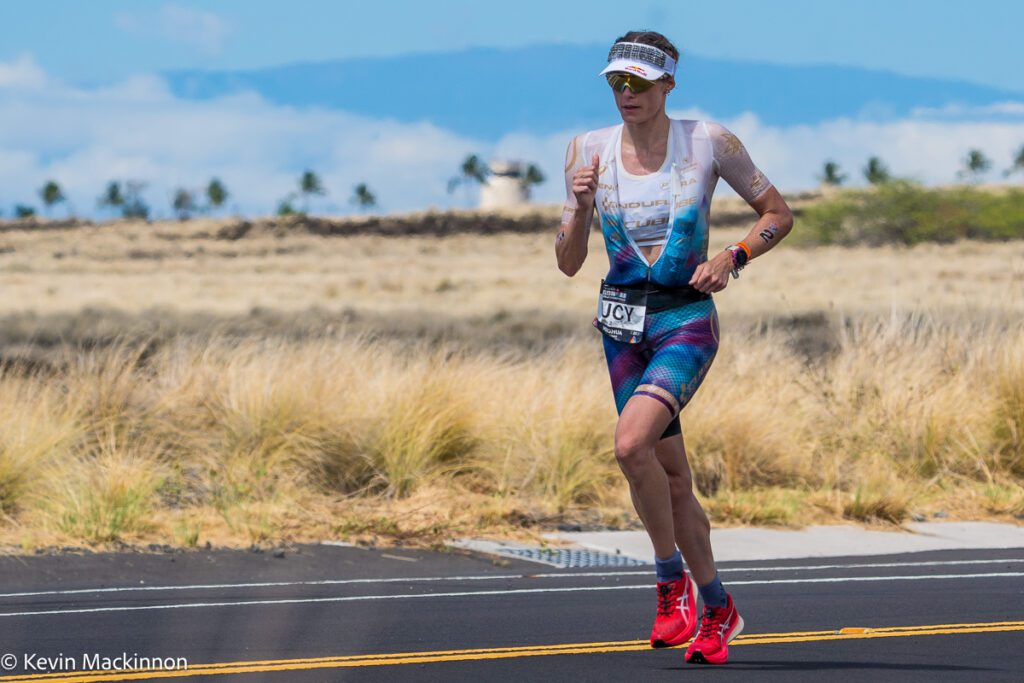When one pair of shoes isn’t enough … how shoe choice can impact your performance
Having a roster of shoes could help you get the most out of yourself in training and racing

There is nothing wrong with doing all of your training and racing in the same running shoes. If you have the means to buy multiple pairs, though, you could see a boost in your workouts and race results. Think about your cycling workouts — you probably don’t want to spend every day in your TT bike’s aero bars (instead of upright on a more comfortable road bike) if you don’t have to, right?
The same goes for running shoes. It’s not bad to run in one pair at all times, but your training could benefit (and you could become more comfortable), if you add some variety to your shoe arsenal. If you can figure out which shoes are best for each step of your training and, eventually, racing, you’ll see how your footwear choices can impact your performance and overall enjoyment in the sport.
Speed work
Everyone loves going fast, which is why speed workouts and tempo runs can be so fun. However, the wrong shoes can slow you down significantly, which will not only affect your pace, but potentially your morale. Think about it — everyone’s been in that miserable position during a speed session that just isn’t working. You’re slacking on pace, you’re missing your time goals and, with each passing lap or kilometre, you’re having less and less fun.
The right shoe might not fix all of your problems, but running in a lightweight trainer can go a long way towards helping you pick up the pace at the track and on tempo runs. These workouts are going to be the shortest of your weekly training runs, so while you’ll be hammering each interval, you won’t be at it for too long, so your feet and body will be able to handle a little less padding and support. Cutting back on cushioning, while also using a design to help get you lean forward and toe off a bit easier, will make the shoe lighter and make it easier to run faster. You’ll be able to pick up the pace accordingly and smash each speed workout you run.
Long runs
Your long, easy runs are where you’re going to want lots of cushioning and support. These runs aren’t about going fast, they’re about putting in the mileage, so it doesn’t matter if your shoes have a few extra ounces of weight to them. This is when you should pull out your stability and max-cushioned shoes.
Whether you’re training for a sprint triathlon that will feature a 5 km run, or an Ironman and its lengthy marathon, your long runs will take you farther than any other training session. You’ll need to gear up appropriately so that you are not only comfortable for the entirety of the session, but also to ensure that you don’t hurt yourself. Running in less-supportive, low-cushioned shoes for too long could lead to injury, which is the last thing any runner wants.
Trail runs

If you’re like to head off-road for your training runs, then it’s worth looking into trail-specific shoes. These are designed to protect your feet on the trails, which can have sharp rocks, roots and other obstacles that could damage non-trail shoes. They are also designed with much hardier tread than your usual road running shoes, giving you more support and security on the uneven terrain of the trails.
Race day

You’ve finally made it to the big day. You’re getting your bag ready with all of your gear and you head to your shoe closet to pick your race-day footwear. What will you grab? Well, if you can afford a pair, carbon-plated shoes are exactly what you’ll want in a race. These shoes are designed for speed and speed alone, and they will help you fly out of T2 and onto the finish line.
Double duty
As already mentioned, there’s nothing bad about using the same pair of shoes for all of your training and racing. There are plenty of shoes on the market that hit all of the points touched on above. You can get a lightweight shoe with great support and incredible cushioning that will carry you through any training you throw at it, and also serve you well on race day. However, if you do plan to only use one shoe for all of your workouts and races, you need to be conscious of a couple of things.
Firstly, beware the wear and tear. Let’s say you’re running a total of 40 kilometres per week in training. If you divvy that load up among multiple pairs of shoes, the lifespan of each of these shoes will take a huge jump. If you’re only going to use one shoe for all 40 kilometres week after week, though, you will notice them wearing out much quicker. Again, that’s fine, but it’s something worth paying attention to, as you don’t want to run in shoes that have passed their prime. If you do, you could get hurt, and then you won’t be able to do any training.
Secondly, try to find a shoe that works well for everything, not just one aspect of your training. You wouldn’t want to do a long run in a lightweight trainer (this could get uncomfortable pretty quickly), and you probably don’t want to race or do speed workouts in a heavy (yet supportive) stability shoe. There are plenty of shoes on the market today that check many of the boxes noted above. You can get a lightweight shoe with remarkable support and excellent cushioning that will carry you through a long run one day, then help you float through a speed run the next.
Ultimately, there isn’t a wrong answer to the question of how many shoes you should own. Everyone is different, and while you might want a rotating arsenal of four pairs in your closet, your training buddy might just want one. It doesn’t matter which route you take, just be sure to find a shoe or a roster of shoes that works for you and you’ll be sure to thrive in training and racing because of it.
This story originally appeared in the 2024 Triathlon Magazine Buyer’s Guide
